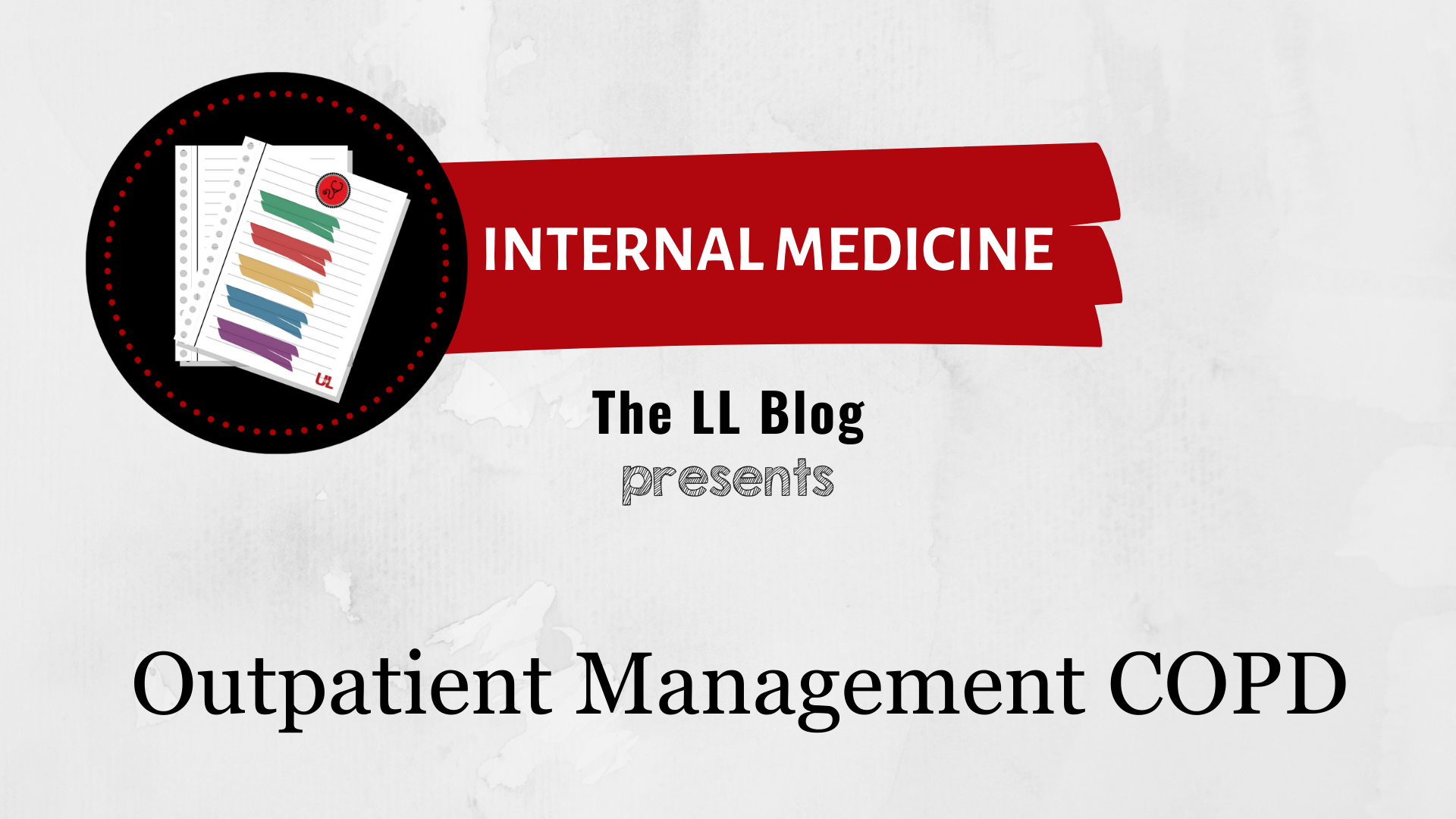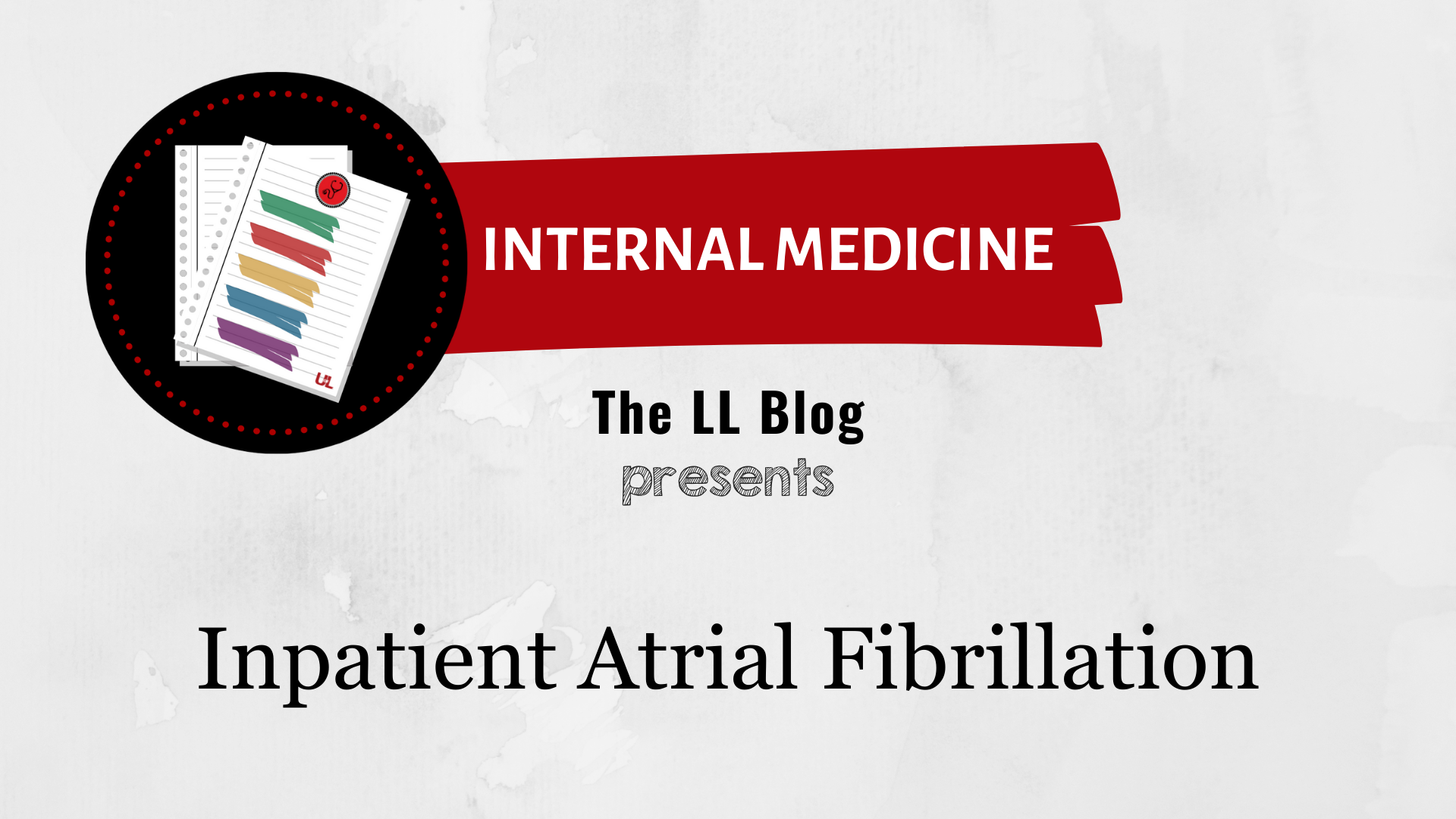Internal Medicine Blog Posts
Inpatient VTE Prophylaxis
Dr. Daniel Rochester
Venous thromboembolism disease [VTE] (ie, pulmonary embolism and deep venous thrombosis) can significantly increase patients hospital stay and put them at risk for worse outcomes. However, preventing VTE does not come without its own risks. In this post we will discuss VTE prophylaxis in hospitalized adults, specifically the different modalities available, and when to use each one. This will focus specifically on patients admitted for medical reasons, as patients admitted for surgical reasons have additional considerations and different guidelines. Click to read!
20 Questions on Penicillin Allergies
Dr. Nishant Patel
On average, 60% of patients admitted to the hospital receive an antibiotic, and in approximately 50% of those cases, antibiotic use is inappropriate (eg no indication, wrong antibiotic, incorrect dosing/duration, etc).1 This can result in direct harm to patients due to inadequate treatment of infection, toxic side effects, and superinfection with resistant bacteria. Combine this information with the fact that penicillins, one of the most prescribed classes of antibiotics, are often labeled as allergies in patients’ charts, prompting use of other classes of antibiotics which can lead to harm. Thus, antibiotics are unlike any other class of medications because of the potential public health consequences due to their selection of resistant bacteria, which may become dominant in the hospital and community. Click to read!
101: ACUTE CHEST DISCOMFORT
Dr. Pranav Pillai
Remember all those times you are called from the ED for a chest pain evaluation and admission to CCU and you think inside your head, “Ha, another one of those false calls”; but on reviewing the chart, getting the history and physical examination, you’re not so sure anymore? Well, you are not alone. And that’s not a bad thing either. Click to read!
2021 Updates to the Outpatient Management COPD: Prevent Inpatient Management if COPD
Dr. Jeff Spindel
Chronic obstructive pulmonary disease (COPD) is one of the leading causes of death worldwide and is estimated to cost 49 billion dollars annually for treatment and missed work in America.¹ Since COPD is common, preventable, and treatable, this blog post will discuss the outpatient management of stable COPD and recent updates to the guidelines. Click to read!
…AND THEY HAVE DIABETES
Dr. Jeff Spindel
In this blog post we’ll be going over how to manage diabetes mellitus type II in the inpatient setting when diabetes is not the reason for admission.
The goals for management of diabetes as an inpatient are to prevent hypoglycemic or hyperglycemic events, minimize disruption of the metabolic state and treatment of the primary illness, and facilitate a smooth transition to outpatient care. Click to read!
Don’t Pop The Clot
Permissive Hypotension for Uncontrolled GI bleeds: Should we be doing it?
Dr. Dylan Gerlach
Gastrointestinal bleeding is a commonly encountered problem in the inpatient setting. Current treatment guidelines recommend maintaining a mean arterial pressure (MAP) greater than 65 mmHg, similar to other medical patients. An abundance of trauma surgery literature has provided guidance for uncompressible bleeding sites due to trauma by appropriately adjusting MAP goals based on the clinical picture and allowing hypotension in various settings, termed permissive hypotension. So, should this be carried over to the GI bleed setting since it is also uncompressible and has it been looked at before? That’s what we are here to find out. Click to read!
…AND THEY HAVE ATRIAL FIBRILLATION. NOW WHAT?
Dr. Jeff Spindel
In this post we will discuss in-hospital management of patients with atrial fibrillation (Afib). We will cover new Afib and Afib with rapid ventricular response (RVR). We are going to focus on patients admitted to the general med-surg floors or progressive care unit. There are landmark randomized controlled trials that senior residents and providers should become familiar with. There will be cases at the end for each type of presentation above. Click to read!
Some items in this lecture may have come from the lecturer’s personal academic files or have been cited in-line or at the end of the lecture. For more information, see our citation page.
Disclaimers
©2015 LouisvilleLectures.org









